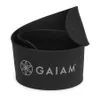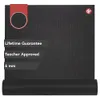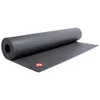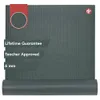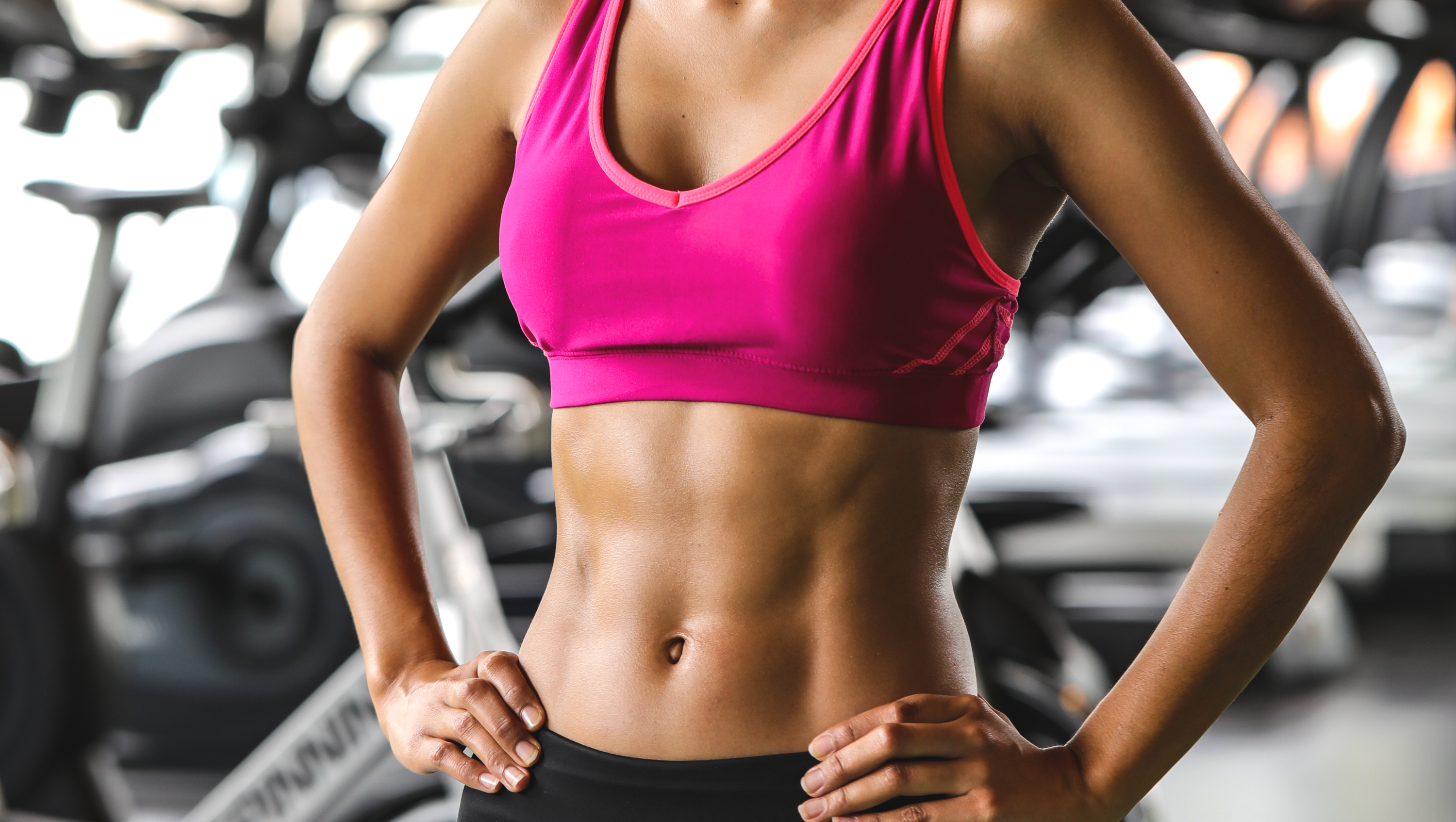
Boost your cardiovascular fitness and strengthen your core with the lateral shoot through exercise the next time you need inspiration for functional workouts.
In my F45 coaching days (home to functional training), the lateral shoot through cropped up a lot in programming, to the dismay of most members. But I love this full-body bodyweight exercise because it rinses your torso, tests balance, stability and coordination and involves your upper and lower body.
Once you get used to the movement pattern, you’ll find the core-torching cardio exercise has a rightful place in functional workouts, sending your heart rate skyrocketing. Here’s how to do lateral shoot throughs, the benefits and ways to finetune your technique with our trainer tips.
What is a lateral shoot through?
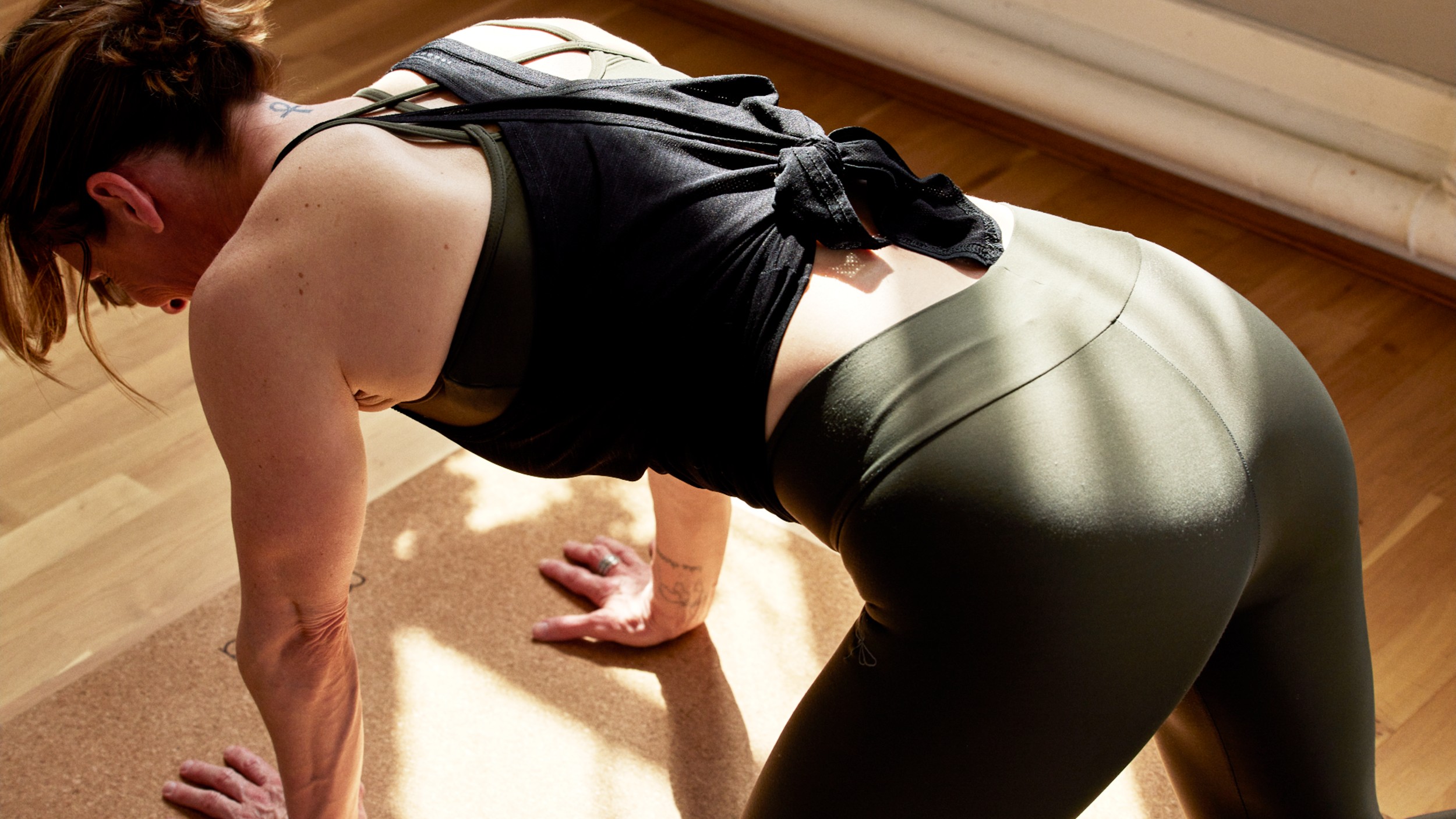
This exercise is all about rotation.
Starting on your hands and the balls of your feet similar to a bear plank — knees lifted about two inches off the floor — you’ll kick one leg under your body, close to the floor, twist to the side you’re kicking toward, then lift your opposite hand into the air.
In this position, balance for a moment, then reverse the motion back to your bear stance by pulling your leg back under your body and placing your hand down. Then, repeat on the other side.
Performed quickly, the move increases your heart rate, tests cardiovascular and muscular endurance and improves strength and coordination, while hitting multiple muscle groups, including your abs, hip flexors, obliques and shoulders.
Get instant access to breaking news, the hottest reviews, great deals and helpful tips.
How to do lateral shoot throughs
- Start on your hands and the balls of your feet, knees bent a few inches from the floor
- Lift your right leg and kick over to the left, keeping the leg extended and touching your right glute close to the ground
- Turn your torso to the left and lift your left hand away from the ground to balance on your right hand and left foot
- Return to the starting position, then repeat on the other side
- As you get comfortable, speed the exercise up.
What are the benefits of the lateral shoot through exercise?
Rotational exercises move the body through the transverse plane — one of three planes of motion your body can move in. Adding exercises to your regime that use all three planes of motion should help you build a more balanced, agile and functional body.
Rotation is also one of the best ways to target more muscle groups in your torso, including the obliques, erector spinae, abs and hip flexors. I use this exercise because it helps develop core and trunk stability and upper-body strength and lifting and kicking your legs also engages your hips, glutes, quads, and, to a degree, your hamstrings.
It’s not unusual to struggle with the exercise initially — coordination isn’t everyone’s strong suit. But an exercise that requires concentration, coordination and balance will help strengthen your mind-muscle connection, and the exercise should improve for you over time as you become familiar with the movement pattern.
Unilateral movement means working one side of the body at a time, and Frontiers research suggests that this also encourages a process called cross-education, when muscles on the opposite side of the body become indirectly stimulated.
In the case of lateral shoot throughs, you are doing just that — teaching your muscles to fire and recruit together. Adding these exercises to your routine can help improve your ability to perform sports that use similar movement patterns, like sprinting, cycling, or lateral movement — football or basketball, for example.
Learning to shift your body weight from side to side also improves stabilization. During this exercise, the gluteal muscles (medius and minimus) and hip flexors will be tasked with keeping your body stable.
If you struggle with this exercise, try slowing it down and slightly bending the knee of the moving leg. Take your time and build slowly, starting with 20 to 30 seconds of work, 20 to 30 seconds of rest and repeating for several rounds.
To program the move in a workout, I recommend at least 45 seconds of work to get the heart rate up, programming several rounds, or including it in a circuit with other exercises.
More from Tom's Guide
- I'm a personal trainer — the candlestick roll is the best bodyweight exercise for your barbell squats
- Ditch the sit-ups — this 4-move bodyweight workout builds your core and improves posture at the same time
- Forget sit-ups — this 4-move kettlebell workout builds a stronger core and increases full-body strength

Sam Hopes is a level 3 qualified trainer, a level 2 Reiki practitioner and fitness editor at Tom's Guide. She is also currently undertaking her Yoga For Athletes training course.
Sam has written for various fitness brands and websites over the years and has experience across brands at Future, such as Live Science, Fit&Well, Coach, and T3.
Having coached at fitness studios like F45 and Virgin Active and personal trained, Sam now primarily teaches outdoor bootcamps, bodyweight, calisthenics and kettlebells.
She also coaches mobility and flexibility classes several times a week and believes that true strength comes from a holistic approach to training your body.
Sam has completed two mixed doubles Hyrox competitions in London and the Netherlands and finished her first doubles attempt in 1:11.

